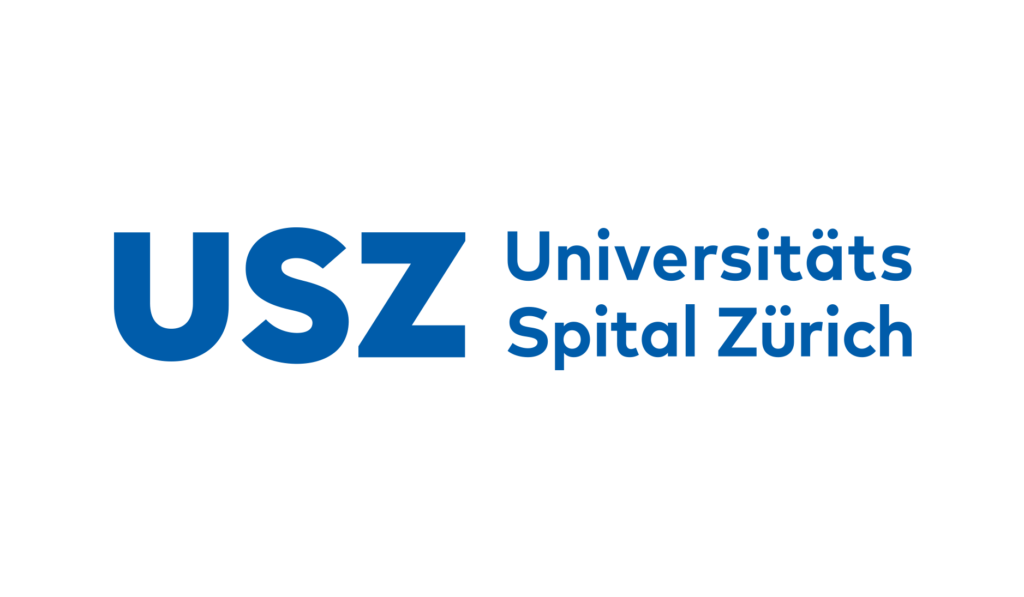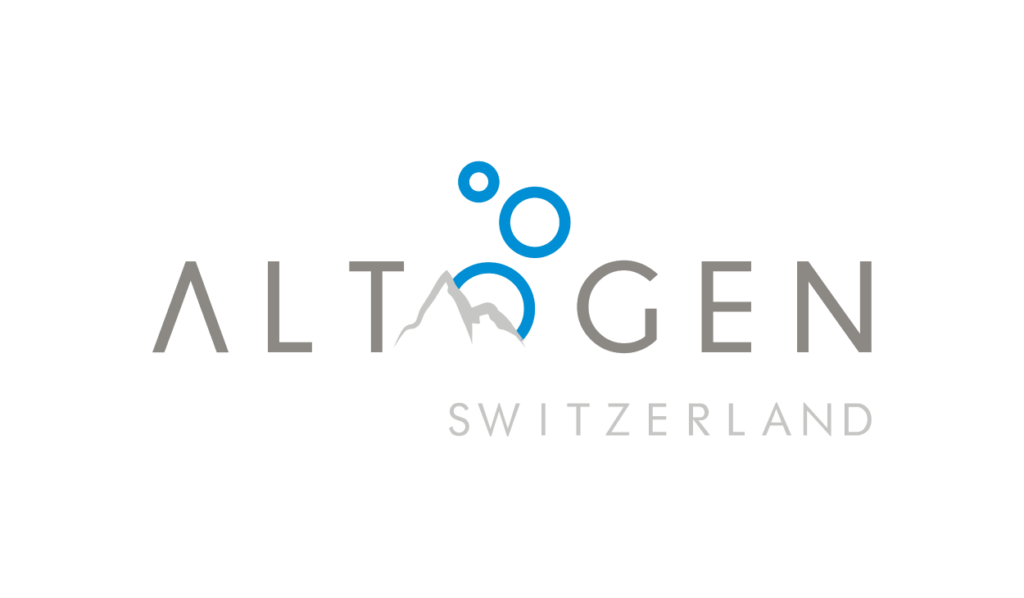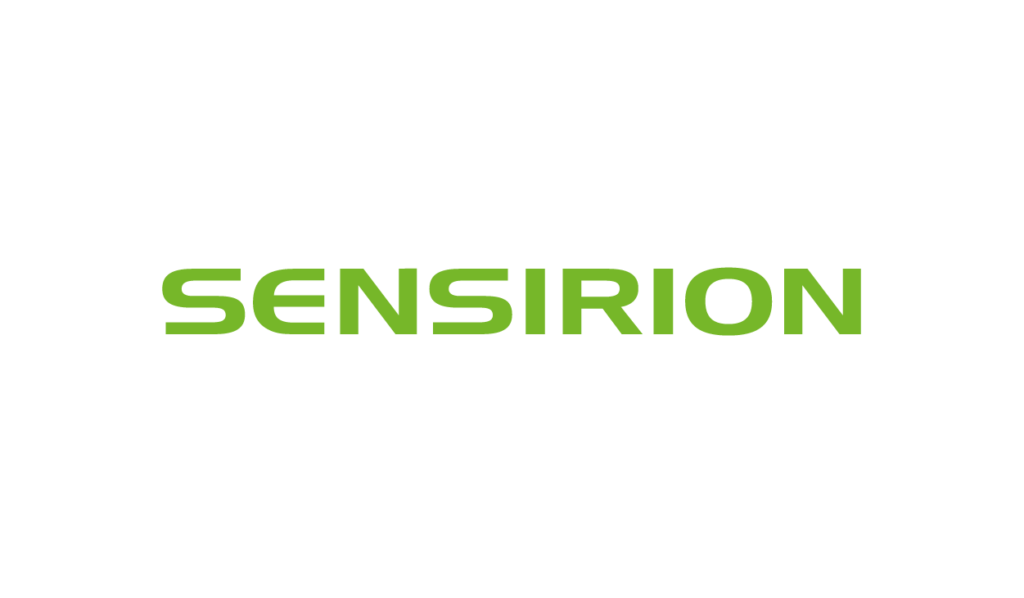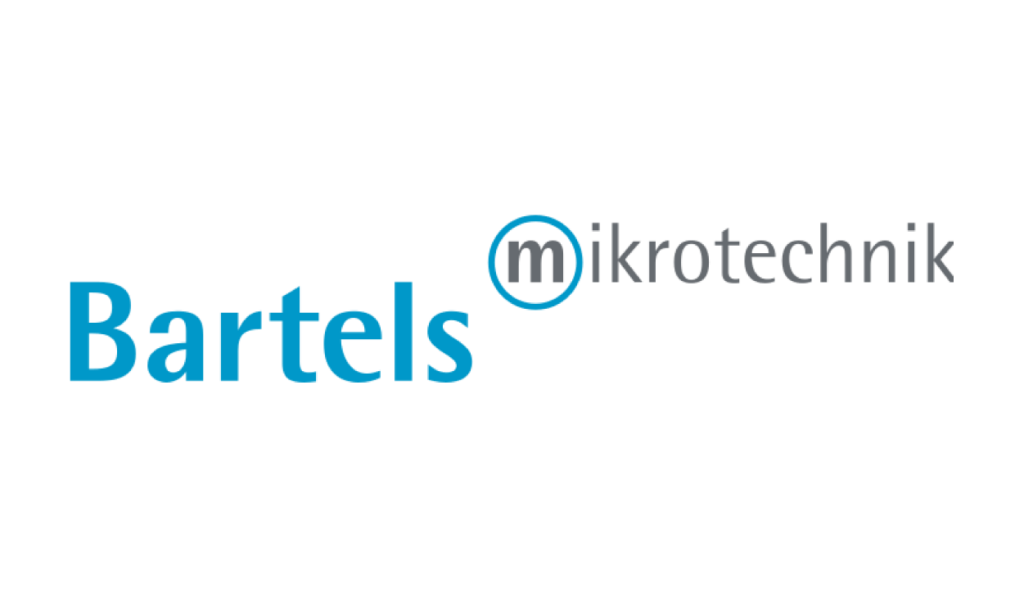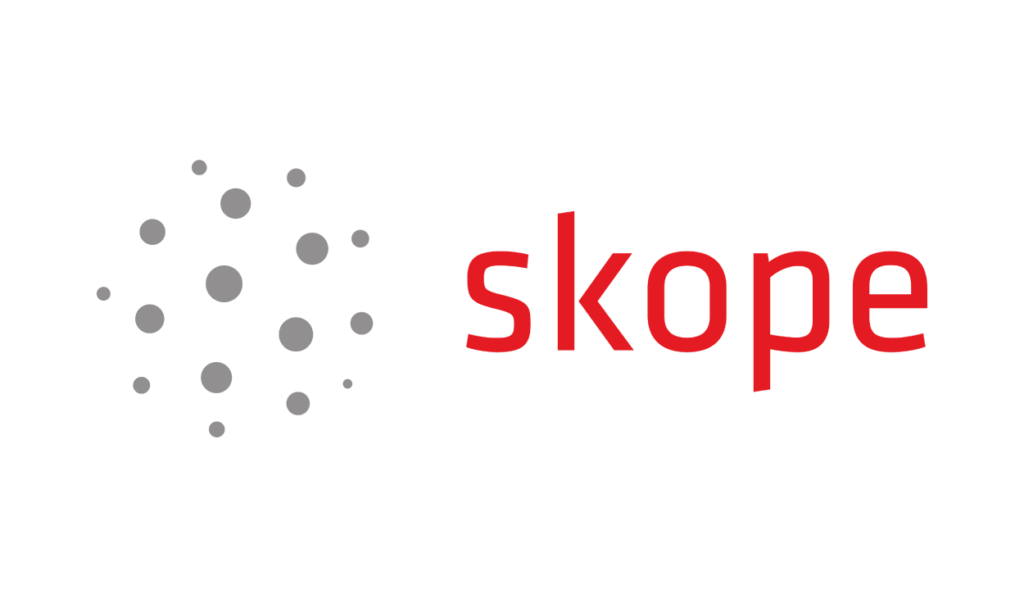VIEshunt
for improved Hydrocephalus therapy
OUR VISION
Our inspiration is driven by a simple belief that, in the age of customised medicine, patients deserve nothing less than that. It is this belief that drives us to bring treatment methods of Hydrocephalus into the 21st century.
We want to revolutionise contemporary treatment by moving from purely mechanical to mechatronic shunts, developing a Ventricular, Intelligent and Electromechanical shunt, VIEshunt.
“VIE” is not only an acronym but also stands for life in French and illustrates our aim to improve our patients’ life quality. By developing a reliable shunt system we are reducing the amount of invasive surgery as well as facilitating postoperative treatment and thus generate an advantage for surgeons and patients alike.
FOR VENTRICULAR
FOR INTELLIGENT
FOR
ELECTROMECHANICAL
Background
Hydrocephalus
Hydrocephalus is a disease
causing an accumulation of
cerebrospinal fluid in the head. If the body cannot transport this excess away from the brain, symptoms ranging from headaches, dementia, gait disturbance and incontinence may occur. About six percent of all elderly in Switzerland suffer from
Hydrocephalus, which amounts
to roughly 20,000 people.
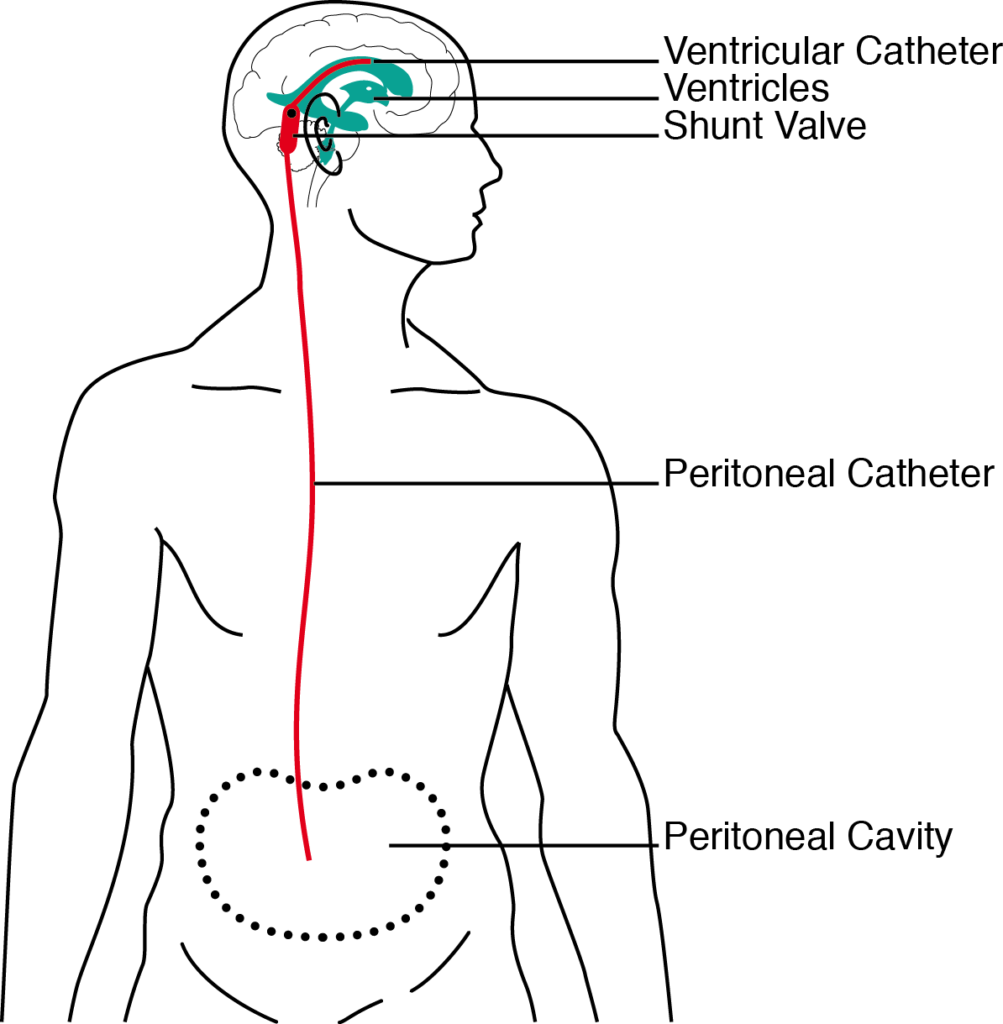
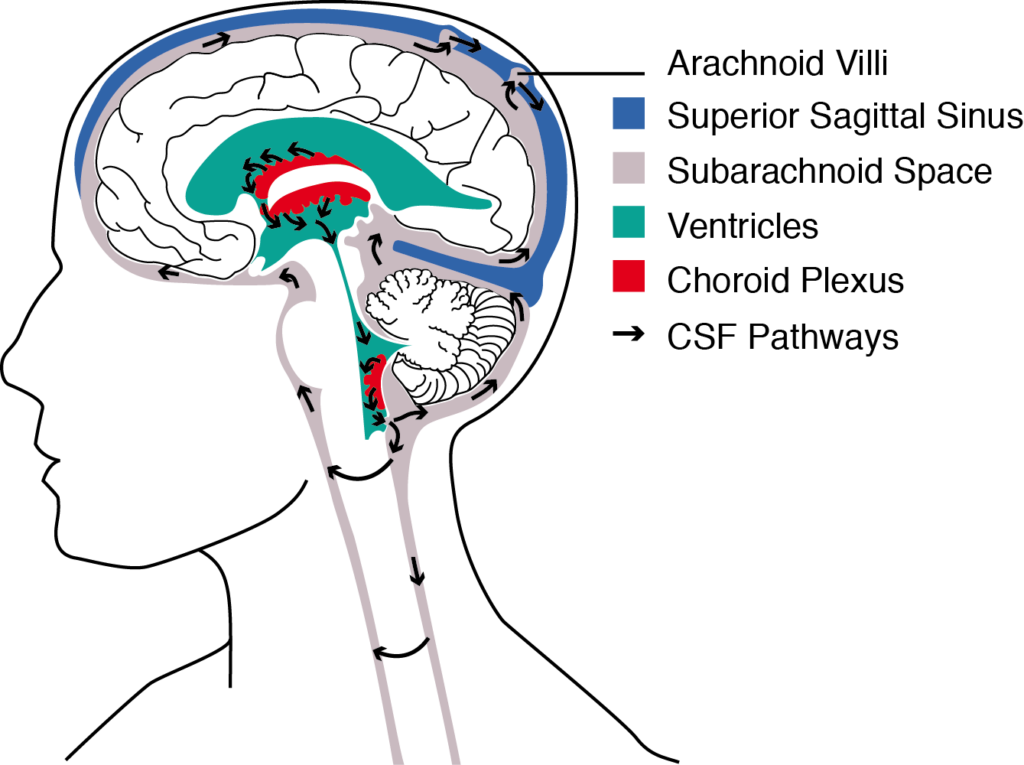
Shunts
In order to treat Hydrocephalus, the fluid is drained from the brain ventricles to the peritoneal
cavity using a shunt implant.
A valve in the shunt regulates
the fluid flow depending on the corresponding brain pressure.
The existing shunts still work
purely mechanically since
their invention in 1962
and complications are still
unfortunately common.
Complications
Overdrainage and infections are the most common complications for Hydrocephalus patients.
Due to the lack of sensors
and communication, serious
complications may only be
identified rather late.Schmid Daners, M. (2012). Adaptive shunts for cerebrospinal fluid control. Zürich, ETH.
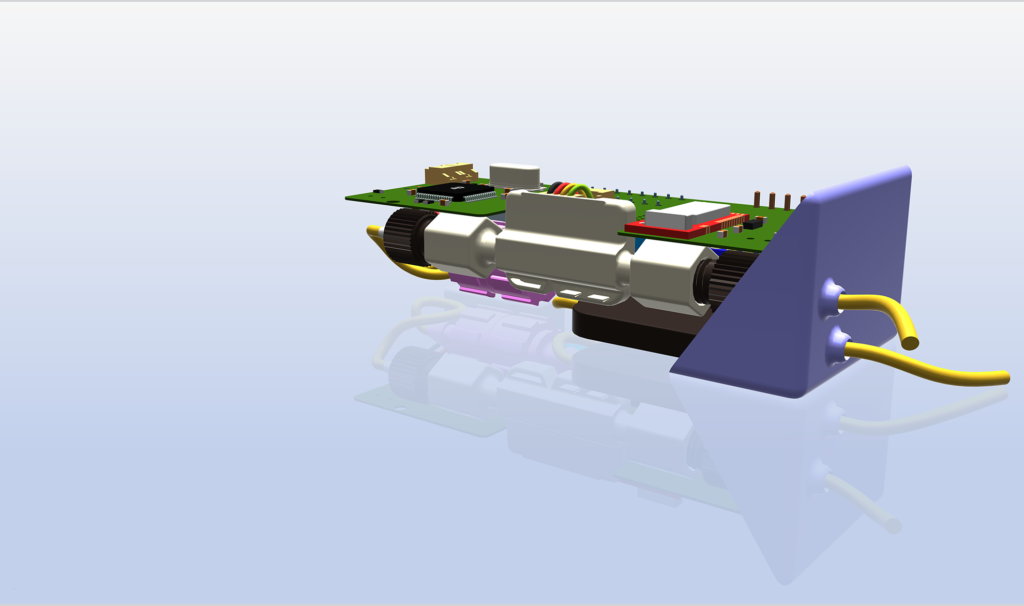
Project
IEshunt is a Focus Project at ETH Zurich. In a team of seven Mechanical and Electrical Engineering students, we are using our knowledge to develop a product with real-life impact from scratch. Our envisioned prototype is a complex medical system, paving the way towards the next generation of implants for patients suffering from Hydrocephalus. In order to develop a functioning prototype within a year, we collaborate with leading researchers and surgeons in the field of Hydrocephalus at ETH Zurich, the University Zurich and the University Hospital Zurich.
Project
Our goal is to develop a reliable and intelligent shunt system, that can be tested in an acute sheep study at the end of our project. With the delivery of a proof of concept we want to set an important milestone on the way to a novel and revolutionary Hydrocephalus therapy.

Sensor technology
The use of sensor technology in our system allows us to actively control and drain the optimal amount of fluid in every life situation and further offers the possibility of valuable data collection. By providing this data via a communication interface, important information about the condition of the patient as well as the system can be obtained in real time. This enables the detection of malfunctions in an early stage, preventing complications before they occur. Furthermore, the interface can be used for direct patient feedback in the future. This will facilitate an individual therapy that is oriented towards the well-being of the patient.
Hydrocephalus Conference 2022
Exactly one year after starting the ETH VIEshunt focus project, our team took the opportunity to visit the 2022 Hydrocephalus Conference held in Gothenburg, Sweden. We got the chance to experience top level research in the field and even showcase our own achievements over the past year. With joy and gratitude we won 1st place at the Young Investigators Award, also thanks to the presentation of our project supervisor Fabian Flürenbrock. Check out this article for more information.
Our Team
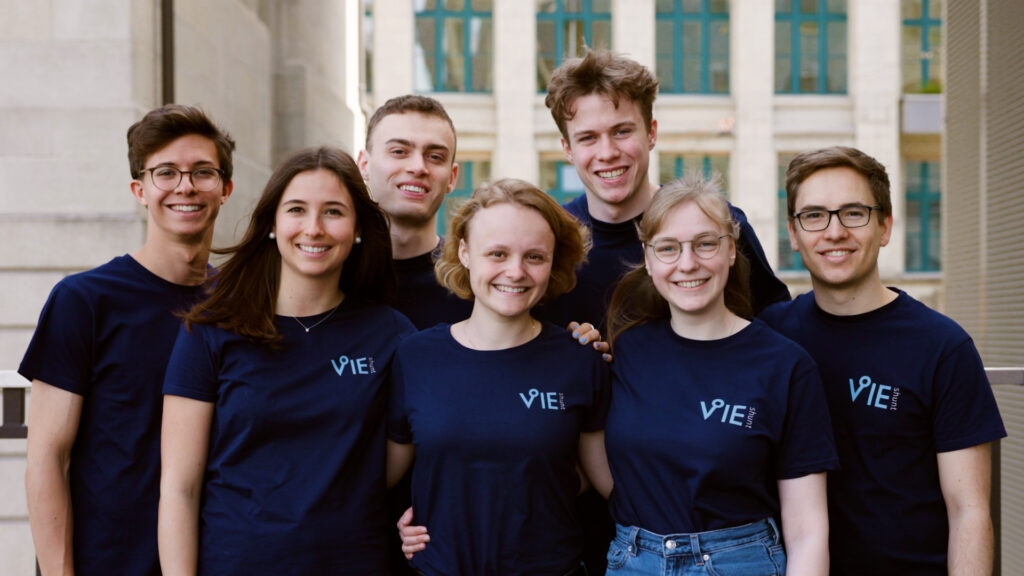
Caroline Holzer
Mechanical Engineering student
Technical role:
Software and Electronics
Rosina Weiss
Mechanical Engineering student
Technical role:
Software and Electronics
Luca Krebs
Electrical Engineering student
Technical role:
Software and Electronics
Tiago Hungerland
Mechanical Engineering student
Technical role:
Modeling and Control
Janina Hug
Mechanical Engineering student
Technical role:
Modeling and Control
Joris Chomarat
Mechanical Engineering student
Technical role:
Design and Control
David Iselin
Electrical Engineering student
Technical role:
Testing




